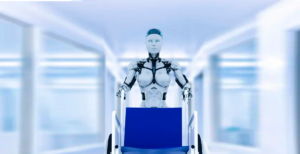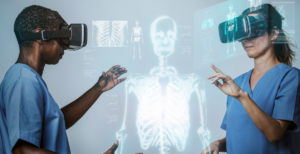Customization and accessibility redefining healthcare.
3D printing has emerged as a revolutionary technology in medicine, offering new possibilities to improve the quality of life for people with disabilities. From personalized prosthetics to adaptive assistive devices, 3D printing redefines healthcare by providing customized and accessible solutions. In this article, we will explore how 3D printing is being used to innovate in medicine and offer new hope to those facing disability challenges.
3D printing has enabled the creation of customized prosthetics that perfectly adapt to each patient’s unique needs and characteristics. These prosthetics are more comfortable, functional, and aesthetically pleasing than traditional versions, significantly enhancing the quality of life for people with physical disabilities.
“3D printing has provided us with an invaluable tool to offer highly personalized medical solutions to our patients. We can now design and manufacture prosthetics that fit perfectly to each individual’s unique anatomy, allowing them to regain functionality and aesthetics that were previously unattainable,” says Dr. John Smith, an orthopedic surgeon specializing in customized prosthetics.
In addition to prosthetics, 3D printing creates adaptive assistive devices such as custom wheelchairs, mobility aids, and communication devices. These devices are designed to meet the specific needs of each user, providing greater autonomy and functionality in daily life.
“The ability to print custom adaptive assistive devices allows us to offer solutions that perfectly adapt to each patient’s individual needs. This improves their quality of life and gives them a greater sense of independence and self-esteem,” explains Dr. Emily Jones, an occupational therapist specializing in assistive devices.
A standout example is the “Enable” project, which uses 3D printing to create low-cost upper limb prosthetics for people in developing countries.
“With 3D printing, we have been able to significantly reduce the manufacturing costs of prosthetics, allowing us to reach communities that would otherwise not have access to this type of technology. We are seeing how these prosthetics are changing lives and providing new opportunities to those who need it most,” says Dr. Sarah Patel, founder of the “Enable” project.
3D printing transforms healthcare for people with disabilities by providing personalized and accessible solutions. From customized prosthetics to adaptive assistive devices, 3D printing improves quality of life and provides new hope to those facing disability challenges. As this technology continues to advance, we are likely to see even more life-changing innovations that provide greater inclusion and accessibility in medicine.





